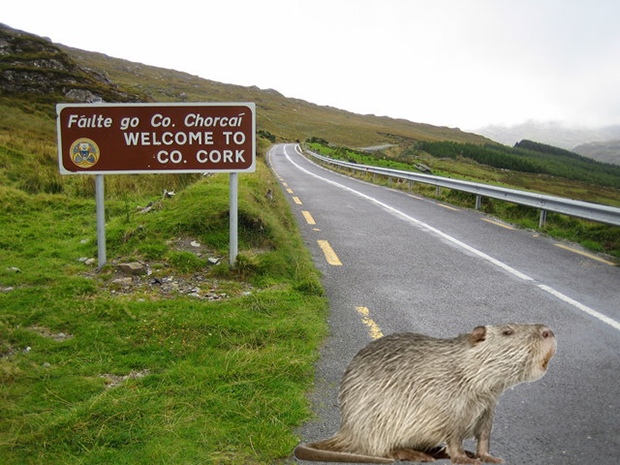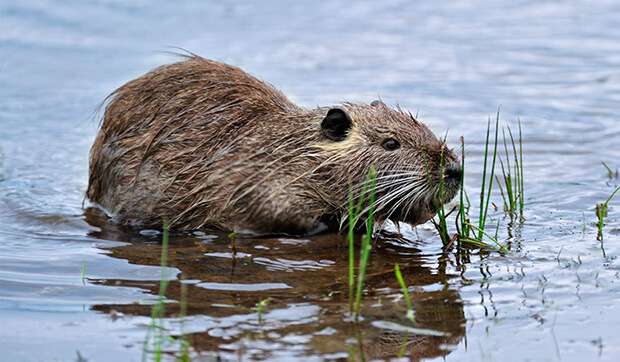The world's largest ‘river rat’ could be by a roadway, river or stream near you

The public is being warned as the 'world's largest rodent' has been spotted in Ireland.
The rodent in question is called a coypu and it is reputed to be the biggest rodent you will find anywhere else in the world.
The National Parks and Wildlife Service in Cork have caught 10 coypus in the Curraheen area of Cork.
The giant rodents were first discovered in Ireland about two years ago and since the original sightings, it is feared that these creatures are multiplying and spreading.
Native to South America, the huge coypu rodent weighs in at between five and seven kilos and can measure up to a metre long.

The coypu can be mistaken for an otter as it is so big but is distinguishable by its dark fur with lighter ends, a white muzzle, long cylindrical round tail, just like a rat and it is identifiable by it’s distinctive orange or yellow teeth
The massive rodent can cause serious harm to the environment if not carefully monitored and therefore people are being urged to report sightings.
According to the Irish Examiner, the coypu was last spotted in the Lee Fields area of Cork City last week and in the last year, they have been seen beyond the Curraheen River, that feeds into the River Lee.
Environmentalists believe that two or three of the rodents were released into the Curraheen River two years ago, near the Cork greyhound track in Bishopstown.
Since then, the National Parks and Wildlife Service (NWPS) has trapped around 10 coypus on or near the Curraheen river.
The public is being asked to help in monitoring their spread, as it is on a list of major environmental concerns across the EU.

Danny O’Keeffe, who is the NWPS south-west region conservation ranger said:
“Their burrowing can undermine river banks and possibly coastal defences, and they can do a lot of damage to crops, especially root crops that they feed on,”
Millions of pounds have to be spent in in the UK over the last ten years in an eradication programme as, keeping track of their spread is essential to restrict the potential longer-term costs associated with the invasive species.
The coypus have been spreading further than Curraheen as there have been reports of sightings seen in a stream near the old rail viaduct on the Cork-Bandon road, south of the Curraheen and in the Monkstown area of Cork’s lower harbour.
A dead coypu was reportedly seen in the northside suburb of Blackpool, which has a number of rivers and streams as well.
Mr O’Keeffe said people might see them swimming in rivers, or scurrying around river banks like an otter:
“The more records we have, we can bait the areas, set traps, and in areas they are using constantly, we can get in a shooter,”.
“If someone sees a coypu, it’s fine if they want to get a photo. The main thing to let us know is the location, date and time,”.

Any sightings of coypu can be notified by calling or texting Danny O’Keeffe at 087 2472264 or email [email protected]

Author

Justin Kavanagh
Justin Kavanagh is a recognised leader
in automotive intelligence and vehicle
data supply to the entire motor industry.
He has almost 20 years experience in
building systems from the ground up.
As the Managing Director of Vehicle
Management System, he understands the
need and importance of trustworthy and
reliable vehicle history and advice to
both the trade and the public.
Follow me on LinkedIn